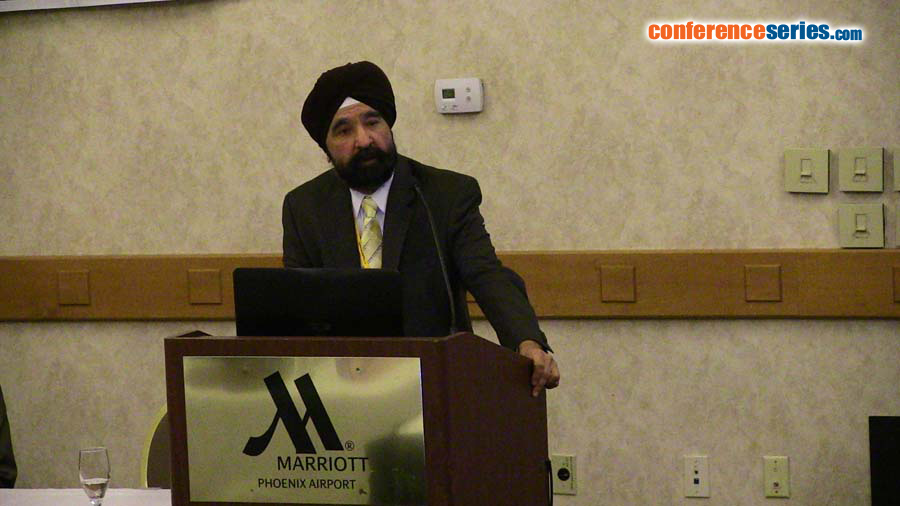
Amarjit Bakshi
Refining Hydrocarbon Technologies LLC, USA
Title: An overview of renewable fuels ethanol from cellulose and bio-diesel from conventional /algae feed status and economic options for ETBE
Biography
Biography: Amarjit Bakshi
Abstract
RHT-ETBE and RHT-TAEE are the smart configuration technologies to enhance the conversion to over 97 to 90 percent respectively by having multiple side-draws from the columns and one can much better quality also than competitive technologies. The major advantage in these processes is that it allows wet ethanol to be use in the process and still meeting TBA and TAA specifications in the product. The process makes these tertiary alcohols, but is separated from the Ethers and is decomposed to iso-olefin and is recycled with the feed. The additional equipment for higher alcohols been made is paid off in few months compared to the cost of dry ethanol. Essentially process is rejecting the water from wet ethanol and makes high quality ethers at low Capex and Opex to the competitive processes. RHT- Biodiesel process is optimized to produce biodiesel from palm oil, Rape seed oil, vegetable and animal product that are all fatty acids with even number of carbon atom typically 12 to 22 atoms. The lack of sulphur in the biodiesel means it meets all international specification once the boiling range is right and these are comparable to hydrocarbon diesel. The triglycerides are reacted with methanol/ ethanol or higher alcohol which all produces biodiesel in the acceptable boiling range. Methanol is most commonly used for the biodiesel production as being the cheapest alcohol, hence provides better economics. Biodiesel is produced by reacting triglycerides with methanol in the presence of highly alkaline heterogeneous catalyst at moderate pressure and temperature into fatty acid methyl esters. After the transesterification reaction the product, methyl esters of those oils /fats as product and glycerine is produced as a by-product. Glycerine is separated from the methyl esters of vegetable oils that are the biodiesel by phase separation by gravity settling due to density differences. The methyl esters and glycerine are purified to meet the product specifications. The unit has capability of having (patented) flexibility to enhance the on stream factor by additional parallel transesterification reactor. If the feed has high content of free fatty acid than esterification is performed and the technology is able to provide that reaction also to meet high overall conversions and selectivity at low Capex and Opex without producing any liquid waste.





